Forecast

News
August 13, 2025
Global oil markets are on track for a record surplus next year as demand growth slows and supplies swell, the International Energy Agency said.

News
July 15, 2025
The U.S. may depart the International Energy Agency without changes to forecasting that Republicans have criticized as unrealistically green, President Donald Trump’s energy chief said.

News
June 12, 2025
U.S. Energy Secretary Chris Wright said it’s “unlikely” the country’s oil production will drop next year, contrary to the expectations released this week by a government agency. The EIA revised down its view of U.S. production Tuesday, anticipating the first drop in output since 2021.

News
June 11, 2025
The Gulf’s rising importance represents a turnaround from the past two decades, when the region took a backseat to the U.S. shale boom. But now tumbling crude prices are hurting shale drillers while major, longer-term Gulf projects are starting to come online.

Article
February 2025
The outlook for international E&P remains mixed, with a slight gain in drilling expected. Four of eight regions will be up, three will be down, and the Middle East will be flat. South America and the Far East/South Asia are the stand-outs. Offshore activity will fare better than onshore work.
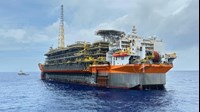
Article
February 2025
As we do every year at this time, we have just completed our annual winter forecast. And quite frankly, this new forecast is calling for nearly a full repeat of 2024’s performance, in terms of overall activity numbers.

Webcast
Oil & Gas Forecast 2025
February 12, 2025
SLB, NOV
Now in its 99th year, the World Oil Forecast is one of the upstream oil and gas industry's most trusted sources of projections and data relating to global E&P activity. Utilizing data collected from proprietary surveys of governments and operators in the U.S. and worldwide, this definitive industry report includes projections for spending and activity, worldwide drilling and production, and an analysis of political factors impacting the U.S. and international oil and gas industry. Now, more than ever this information will help market leaders make decisions relating to their businesses.

News
January 14, 2025
(Bloomberg) – Global oil markets will face a widening glut in 2026 as OPEC brings back production and output from the US, Canada and Guyana continues to grow, the US government said in its first set of forecasts for next year.

News
October 16, 2024
Enverus industry analysts have released a summary of 3Q24 upstream M&A activity, with the pace of deals significantly slowing in the third quarter of 2024 to just $12 billion in announced deals.

News
October 15, 2024
Oil prices dropped and concerns over supply chain disruption were eased Tuesday after a report that Israel may avoid targeting Iran’s crude infrastructure. Traders’ focus is now turned back to the International Energy Agency’s expectations of a surplus early next year.
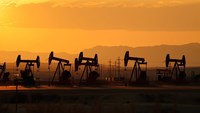
News
October 14, 2024
OPEC trimmed its forecasts for oil demand growth this year and next for a third consecutive month as the group belatedly recognizes a slowdown in global fuel use.

News
October 11, 2024
bp Plc expects its net debt to have risen in the third quarter due to lower refining margins and changes to the timing of asset sales.
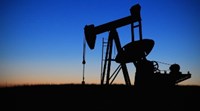
News
October 07, 2024
Mike Sommers, president and CEO of the American Petroleum Institute (API), addressed the New Mexico Oil and Gas Association in Santa Fe today, emphasizing the critical role of U.S. energy security amid rising global tensions.
Article
September 2024
Optimism is slowly returning to the Canadian oil and gas sector, as global economic forces finally appear to be outpacing the misguided climate policies of the nation’s beleaguered federal government.
Article
September 2024
After a year of upstream growth and success in 2023, operators are reducing costs, rig activity and drilling time in an effort to boost domestic energy security while returning cash to shareholders.

News
September 13, 2024
The Texas Alliance of Energy Producers (the Alliance) board of directors has appointed Karr Ingham as the organization’s new president, effective July 1, 2024.
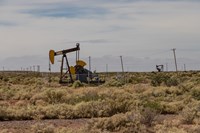
News
June 18, 2024
Improvements in drilling and fracking techniques amid a wave of corporate takeovers will drive the expansion and more than offset recent reductions in rig deployments, analysts at the the London-based bank wrote in a note titled ‘Underestimate U.S. shale at your peril.’
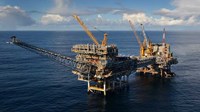
News
May 02, 2024
The offshore energy industry is taking a significant step toward understanding and protecting endangered seabirds with the launch of the Offshore Nesting Bird Census.

News
April 14, 2024
In its first forecast for 2025, the Paris-based IEA predicted demand growth of 1.1 MMbpd in 2025. It also trimmed its estimate for this year’s expansion in consumption by 130,000 bpd to 1.2 MMbpd. The agency’s growth estimate is below the 1.9 MMbpd predicted by world’s largest independent oil trader, Vitol Group, and about 1 MMbpd less than the increase foreseen by OPEC.
Article
February 2024
Wildcat wells netting smaller discoveries


